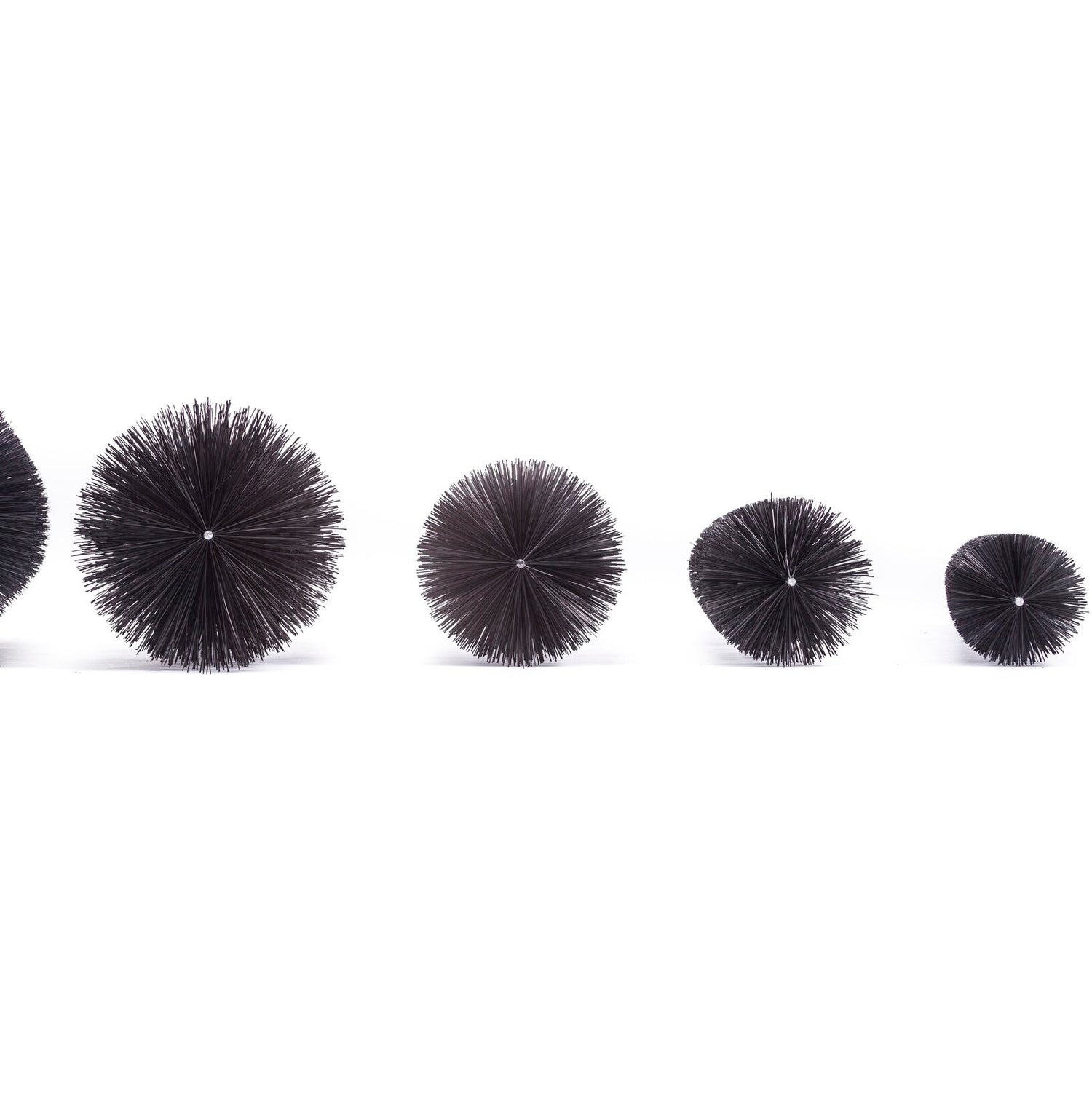Now that spring is here, it won’t be long before homeowners throw open the shutters, wash their windows, dust away the mites, and give their homes a good top-to-bottom clean to get rid of the musty, dusty, remnants of winter.
Once the melted snow is gone, the rakes, hoses, and gardening tools will be out, ready to clean the exterior of the home and yard so everything looks bright a fresh once again. While you are checking your to-do list of all the spring cleaning and de-cluttering jobs you have to do, make sure cleaning your gutters is at the top of your outdoor chores list.
Gutter cleaning is one of the most overlooked household chores but a very necessary one. They are too high to see the interior and tend to blend in with the rest of your roof. Over the winter, gutters can become clogged with leftover fallen leaves, bugs, critters, rodents, twigs, pine cones, bird nest material, shingle pieces and dirt. All this junk in your eaves prevents the melted water from draining off your roof to the ground. To protect your roof and house from water related damage, it is important to clear your gutters of all the debris.
If there is too much trash in your gutters, water cannot drain from your roof top properly so it goes elsewhere. This can cause extensive damage to your home.
Water Leaks
Water travels to the path of least resistance. If it cannot go down the gutter, it can make its way down into your roof, walls, or window sills causing serious damage to the inside of your house.
Mold Growth
Once water gets into your walls and ceilings, it will soak into your insulation. Dangerous mold will form, putting your family’s health at risk. This damage can become quite costly to repair.
Rotting Fascia
Fascia is the underside of your gutters. It has both aesthetic and functional purposes because it protects the house while covering the rafters and blocking unwanted elements from getting into your home. If the fascia is made of wood, a common material in many older homes, the wood will eventually rot from ongoing water damage. Once the wood is showing signs of rotting, it is no longer protecting your building.
There are plenty of other home chores that should be done on a pro-active basis to avoid repair expenses. Check out this home maintenance checklist.
Cleaning your gutters regularly throughout the year will prevent impacted areas from forming. As part of your spring cleaning routine, gutter cleanup should be added so your entire home is free of dust and unwanted debris.
To clean your eaves, you will need a ladder, small garden scoop, a container or bag to put the garbage in, and safety gear. Always wear safety equipment including working gloves, protective eye glasses, and work boots with good grip on the bottom.
After setting your ladder and testing for sturdiness and stability, climb up to look inside your gutters. Scoop out any dirt and debris with the gardening spade or your hands. Inspect the gutter and fascia to make sure there is no damage. Once your gutters are trash free, water will have no trouble running off your roof to the ground below.
A simple way and an affordable solution to prevent debris from building up in your gutters year-round is to install a GutterBrush Leaf Guard system. It is a cylinder shaped brush that fills the space inside a gutter and blocks the build up of leaves and other clogging debris and allows water to flow through your gutters. By installing a GutterBrush Leaf Guard system, you can reclaim valuable time spent on this household chore and prevent damage to your home.
Gutter cleaning is an essential part of spring cleaning. It should be done at least twice yearly in the spring and fall. If you live in treed areas, check your gutters regularly to make sure they are clean and clear of unwanted junk.



